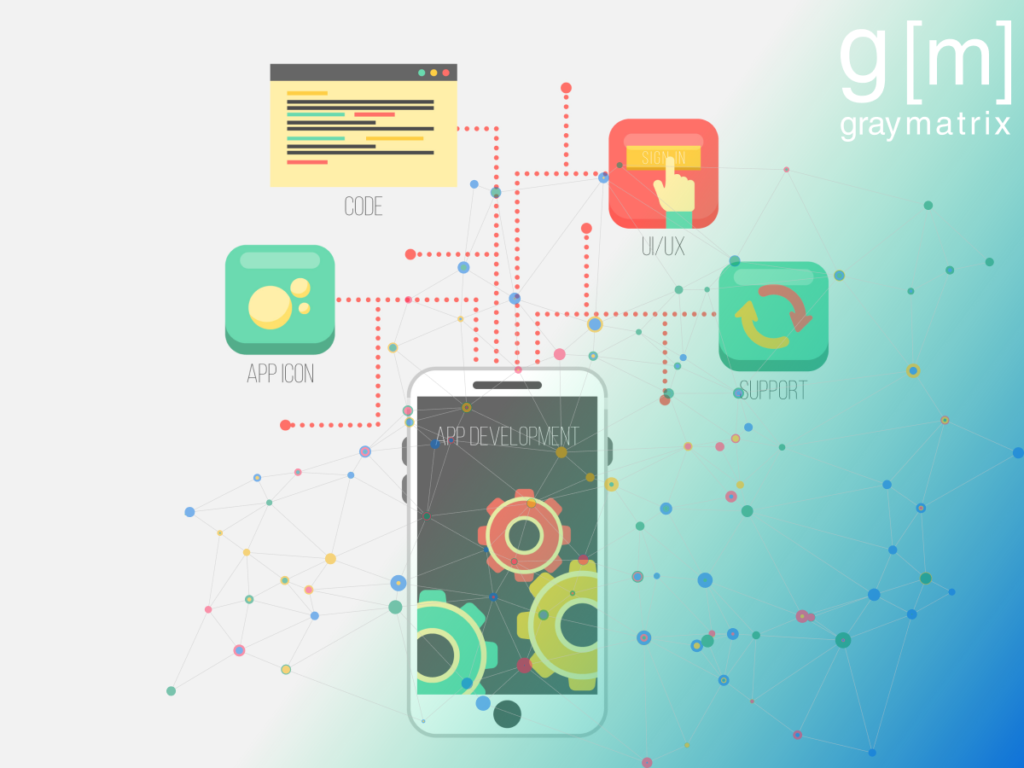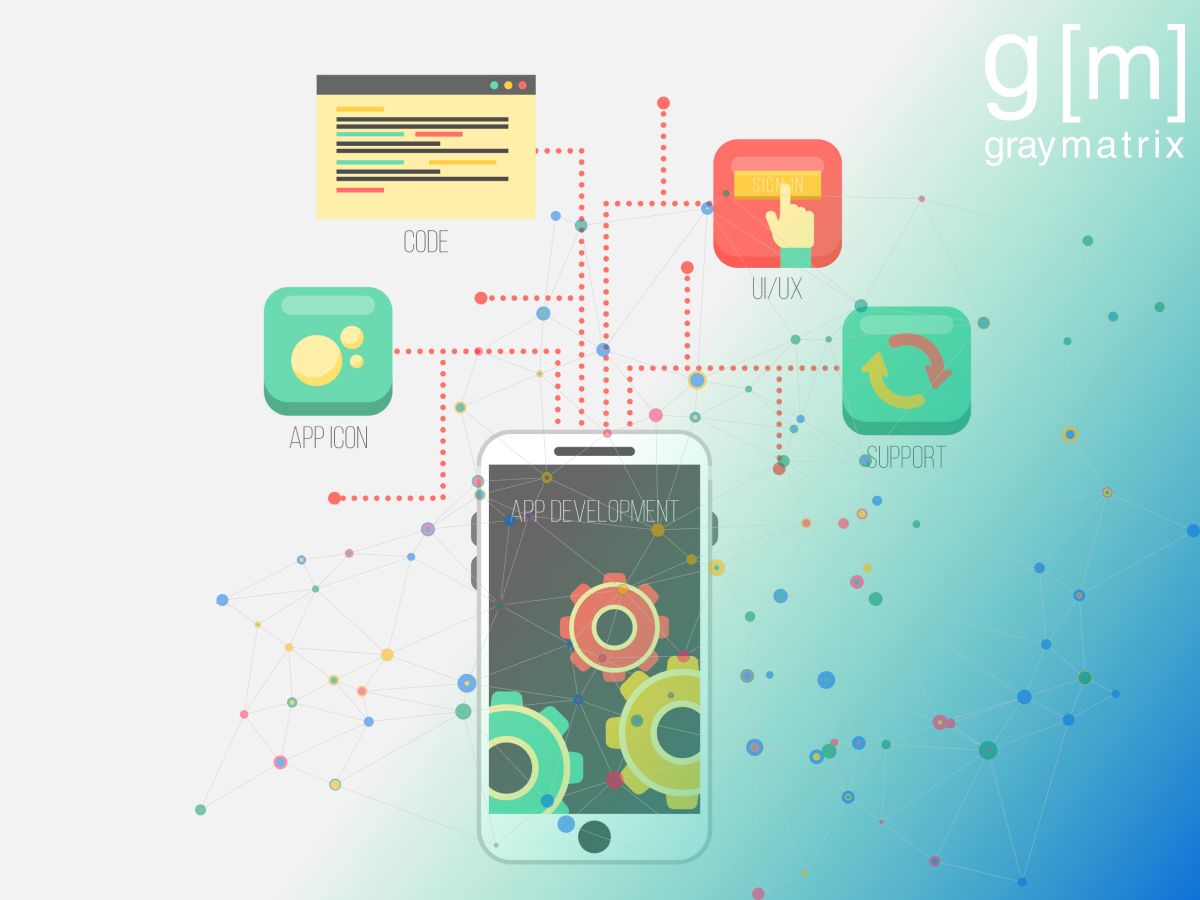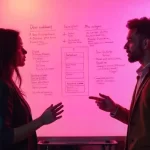
Creating a successful mobile app requires careful planning and execution. The first step is to develop an excellent idea for an app. Once you have an idea, you need to validate it through market research and feasibility studies. Once you have a validated idea, you must start working on the development process. This includes building the app’s user interface and user experience and developing the backend infrastructure. After the development, you will need to test the app to ensure it is bug-free and user-friendly. Finally, you must launch the app and start marketing it to reach your target audience.
If you plan to develop a mobile app, this guide is for you. Keep reading to learn about the different stages of mobile app development and what you need to do at each stage.
The business case for your app
The first step in developing a mobile app is to create a business case for it. This means you need to come up with an idea for an app that solves a problem or meets a need of your target audience. To validate your app idea, you will need to do market research to see if there is a demand for it. You will also need to assess the competition to see if there are any similar apps on the market. Once you have a validated app idea, you must start working on the development process. This includes building the app’s user interface and user experience and developing the backend infrastructure. After the development process, you will need to test the app to ensure it is bug-free and user-friendly. Finally, you need to launch the app and start marketing it to reach your target audience.
The different stages of mobile app development
The mobile app development process is not as simple as many people think. It involves several different stages, each of which must be completed before the app can be launched. The different stages of mobile app development include:
1. Ideation
The first step in developing a mobile app is to devise an idea for it. Brainstorming potential app ideas and doing market research to see if there is a demand for them. If you already know what your app is and what service it should be offering, congratulations, you have hit a creative jackpot!
2. Validation
Once you have an idea, you need to validate it through market research and feasibility studies. This step is essential to assess whether or not there is a market for your app and to determine if your idea is feasible.
3. Development
After a validated idea, the app development process begins. Building the app’s user interface and user experience and developing the backend infrastructure.
4. Testing
Once the development process is complete, you must test the app to ensure it is bug-free and user-friendly. Testing is critical to ensure that your app is ready for launch.
5. Launch
After the app is tested and ready to go, you will need to launch it on the App Store or Google Play. This is when your app will be available for download by your target audience.
6. Marketing Ideation:
Once your app is launched, you need to start marketing it to reach your target audience. This can be done through online and offline marketing channels.
The benefits of each stage of development
Each stage of mobile app development has benefits that can help you create a successful app.
Ideation: Brainstorming ideas for your app can help you develop a unique and innovative concept that meets the needs of your target audience.
Validation: Market research and feasibility studies can help you validate your app idea and determine if there is a demand.
Development: Building the app’s user interface and user experience can help you create a user-friendly app that is easy to navigate.
Testing: Testing the app before launch can help you identify and fix any bugs or errors and make the app user-friendly.
Launch: Launching your app on the App Store or Google Play can help you reach your target audience and generate downloads.
Marketing: Marketing your app can help you increase brand awareness and generate more downloads.
App development and technology
One development project would require programming and configuring the app in a development environment. Usually, there are three aspects of any app- the backend, APIs, and the app front-end.
App development takes place in stages, and you can expect your developer to provide interim builds that you will be able to run on your device itself.
- Back-End/Server Technology
Database and server-side objects are important features that support the functions of your mobile app by connecting to a network. If you use an existing backend platform, you could need configurations and changes to support the desired mobile app functionality.
- Application Programming Interface (API)
An API is a set of practices, protocols, and tools for developing software applications. It specifies how software components interact. Additionally, this programming interface is used when programming GUI components.
- Mobile App Front-End
The front end, called “client-side” programming, is what your app users interact with. It implements the required structure, design, animation, and behavior you can see on the screen when you open websites, web applications, or mobile apps.
To wrap up
Various tutorials are available that can help you to develop your app without experts. Or you can hand over the design to us. Gray Matrix is a full-service custom software development company with experts who can help you at every stage. Contact us today for a consultation about your ideas for a mobile app, and get great advice to make the process smooth at every step.




